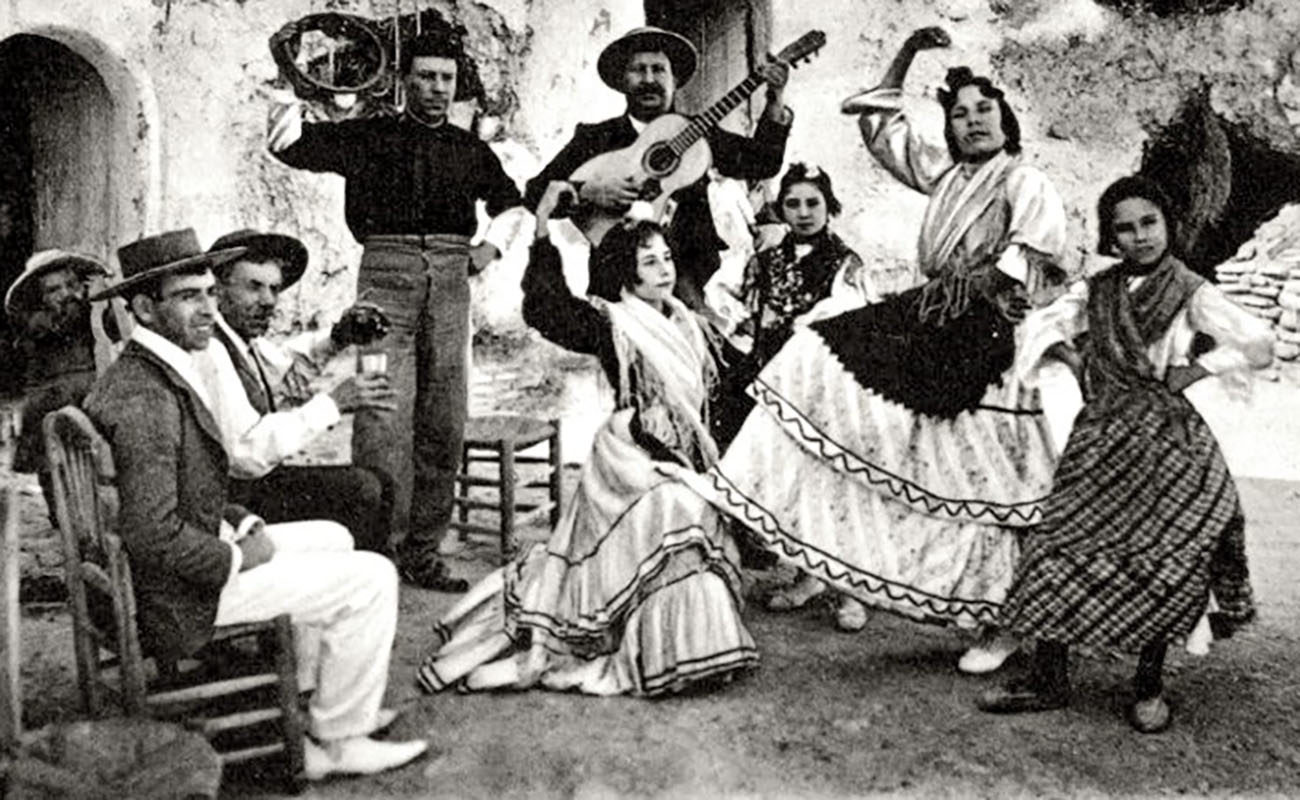Flamencological posers
One thing is to know flamenco and quite another to pretend that one knows, that it is very easy. We must start from the basis that no one knows everything about an art as extensive as complex. Some of us have specialized in artists, as is my case, others in the couplets and many in the musical aspect. Then there

One thing is to know flamenco and quite another to pretend that one knows, that it is very easy. We must start from the basis that no one knows everything about an art as extensive as complex. Some of us have specialized in artists, as is my case, others in the couplets and many in the musical aspect. Then there are the posture, that one day they say to you: “The one who sang well was Aunt Bolola”, and maybe she has never heard it before. But it looks good.
Say, for example, how he sang Chacón , is something that is heard little, but that used to be said when there were still no technical reconstructions of their slate records and only some jealous collectors had their cantes. You said how well Chacón sang and you stayed like God before the parishioners of the cantelogía. Or how he played the guitar Diego del Gastor , of which there was almost nothing in the market. And it was also very common to hear that the one who sang well was Curro Mairena Not his brother Antonio. “Curro sings more gypsy!” They said, as ifAntonio Mairena outside Angelillo .
In the social networks there are hundreds of these postureo flamencologists, who leave jewels like: “Let’s see when the slate discs of El Portugués are reissued”, without specifying if it was Antonio Silva Estrada The Portuguese , who did not record albums, or Ramón el Portugués, who also did not record anything on the blackboard and who is a current cantaor. It’s like those who talk about Tío Luis, the Juliana, Miracielos or José Cantoral because they’ve read it in a book, without having any idea who these pioneers of jondo art were. Sometimes they put him ahead of uncle, because that gives more credibility. For example, Tío Manuel Morao or Tía Juana la del Pipa.
It is true that it is normal for gypsies to call themselves uncles or cousins, but it is also used by the Gachés to pretend a familiarity or a gypsy that they do not really have. That is, postureo. I am a collector of posters of all times and I have never seen any where put Uncle Manuel Torres or Uncle Juan Mojama. Something further back in time existed Tío José el Granaíno, and more recently, Tío José de Paula or Tío Mollino. How good it is to say that you like Uncle Mollino!
There is also the peñero of all the life, that one that puts a suit the weekends because it is going to sing in his rock the cousin José the de la Tomasa and take pictures with him for the next day to go to the office or to the factory presuming that he has been eating in the same dish with his relative the Tomasa. Because if you call him cousin or uncle, they’re relatives, right? The peñero is a very peculiar character. TO Enrique Morente -I almost missed the Uncle Enrique Morente-he was very interested in the peñeros, not because of what they contribute to the flamenco but for these things that we are commenting. They made him above all grace.
He told me that one day he presented one of Cordoba in his flat in Madrid, in the Rastro, to hire him and that he brought him a box of melons. “Pay you can not pay, but melons are not going to miss you.” Enrique told me that when he went to sing to the peña he saw all the framed photos that had been made with the peñero, hanging on the rock, and that when he got on stage to present it, he did it this way: “My old friend Enrique Morente has come to sing in exchange for a box of melons, and that says a lot about him. ” And the teacher assured me that I did not know him at all.
Finally, there is the polemicist of social networks, who used to send letters to newspapers before the internet existed. It is the classic flea market flamencologist that boasts having El Planeta and María Borrico cylinders and that in the end only has several hundred tapes and vinyls in disrepair. It is a character that Morente baptized as flamenco, in a genius more than the teacher. They do not contribute much, but they give a lot of pain in Facebook and Twitter.




